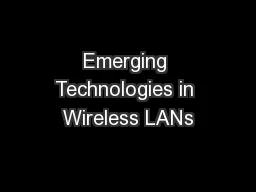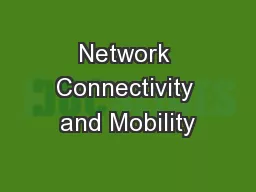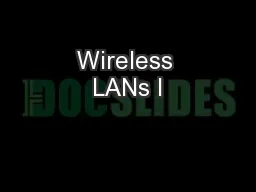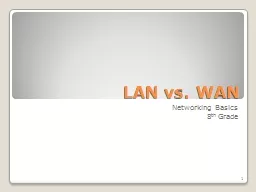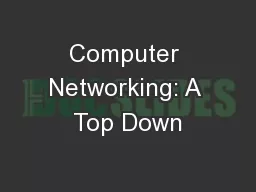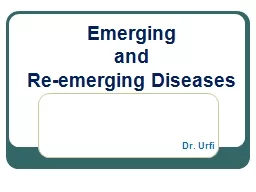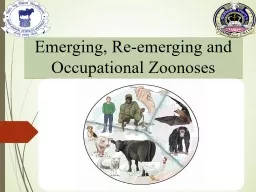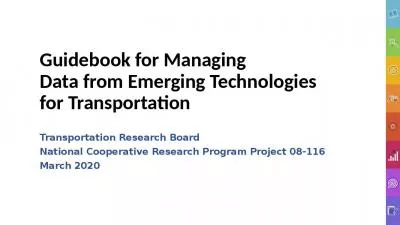PPT-Emerging Technologies in Wireless LANs
Author : lois-ondreau | Published Date : 2017-05-18
MetroScale WiFi Networks Replacement for traditional Ethernet LANs Several Municipalities Portland OR Philadelphia PA San Francisco CA Thornton CA Rockville MA
Presentation Embed Code
Download Presentation
Download Presentation The PPT/PDF document "Emerging Technologies in Wireless LANs" is the property of its rightful owner. Permission is granted to download and print the materials on this website for personal, non-commercial use only, and to display it on your personal computer provided you do not modify the materials and that you retain all copyright notices contained in the materials. By downloading content from our website, you accept the terms of this agreement.
Emerging Technologies in Wireless LANs: Transcript
Download Rules Of Document
"Emerging Technologies in Wireless LANs"The content belongs to its owner. You may download and print it for personal use, without modification, and keep all copyright notices. By downloading, you agree to these terms.
Related Documents

